 On February 24, 2022, Ministry of Education of The People’s Republic of China published the “Notice of the Ministry of Education on the Announcement of the 2021 Annual Recording and Approval Results of Undergraduate Majors in Regular Institutions of Higher Education” on its website. In the “List of New Majors Included in the Catalogue of Undergraduate Majors in Regular Institutions of Higher Education”, “Sci-Tech Arts” declared by the Central Academy of Fine Arts has been listed. This means that the boom of art and science led by the Central Academy of Fine Arts for several years has finally appeared in the catalogue of undergraduate majors of the Ministry of Education. In addition, the Central Academy of Fine Arts has successfully registered “Art Education” in Pedagogy and “Urban Design” in Engineering.
On February 24, 2022, Ministry of Education of The People’s Republic of China published the “Notice of the Ministry of Education on the Announcement of the 2021 Annual Recording and Approval Results of Undergraduate Majors in Regular Institutions of Higher Education” on its website. In the “List of New Majors Included in the Catalogue of Undergraduate Majors in Regular Institutions of Higher Education”, “Sci-Tech Arts” declared by the Central Academy of Fine Arts has been listed. This means that the boom of art and science led by the Central Academy of Fine Arts for several years has finally appeared in the catalogue of undergraduate majors of the Ministry of Education. In addition, the Central Academy of Fine Arts has successfully registered “Art Education” in Pedagogy and “Urban Design” in Engineering.
The successful application of “Sci-Tech Arts” results from the active promotion on the construction of Sci-Tech Arts major by the Central Academy of Fine Arts which has carried out extensive international exchanges, actively participating in scientific research creation and social services and leading the reforming trend for national art education. Since 2017, the Central Academy of Fine Arts has launched academic activities such as “EAST–International Conference on Education, Art, Science and Technology” and “EAST International Alliance on Education of Art, Science and Technology”. Professional institutions such as “Art and Technology Center” and “Data Art and Artificial Intelligence Laboratory” has been established. In 2020, the Central Academy of Fine Arts established the “Sci-Tech Arts Research Institute”. At present, “Sci-Tech Arts” has a complete teaching structure for undergraduates, postgraduates and doctoral candidates in CAFA.
Professor Qiu Zhijie, Dean of the School of Experimental Art at the Central Academy of Fine Arts and Deputy Dean of Sci-Tech Arts Research Institute was invited by CAFA ART INFO to report on it and share with us what we should know about Sci-Tech Arts through 30 things.
 In the “List of New Majors Included in the Catalogue of Undergraduate Majors in Regular Institutions of Higher Education”, “Sci-Tech Arts” declared by the Central Academy of Fine Arts is listed.
In the “List of New Majors Included in the Catalogue of Undergraduate Majors in Regular Institutions of Higher Education”, “Sci-Tech Arts” declared by the Central Academy of Fine Arts is listed.
30 Things You Need to Know about Sci-Tech Arts
1. Sci-Tech Arts uses the new technology of each era to make art, and at the same time it focuses on the art of thinking about the impact of new technology on human life, emotions and thoughts.
2. In China, we translate it as Sci-Tech Arts.
3. This means that we value technology as well as science. One of the differences between it and the past Art and Technology is the emphasis on basic research and original innovation. Today, science forms fundamental research in technology and engineering, just as art is fundamental research in creative culture.
4. Sci-Tech Arts does not only use science and technology to engage in art, but it also uses art to stimulate technological innovation in reverse, bringing about the growth of the creativity of scientific and technological talent. Sci-Tech Arts uses the latest technological achievements to create artworks and also creates new scenarios for technological applications. It is easy for students who major in science to participate, and there are great opportunities for artistic thinking to stimulate scientific innovation in reverse.
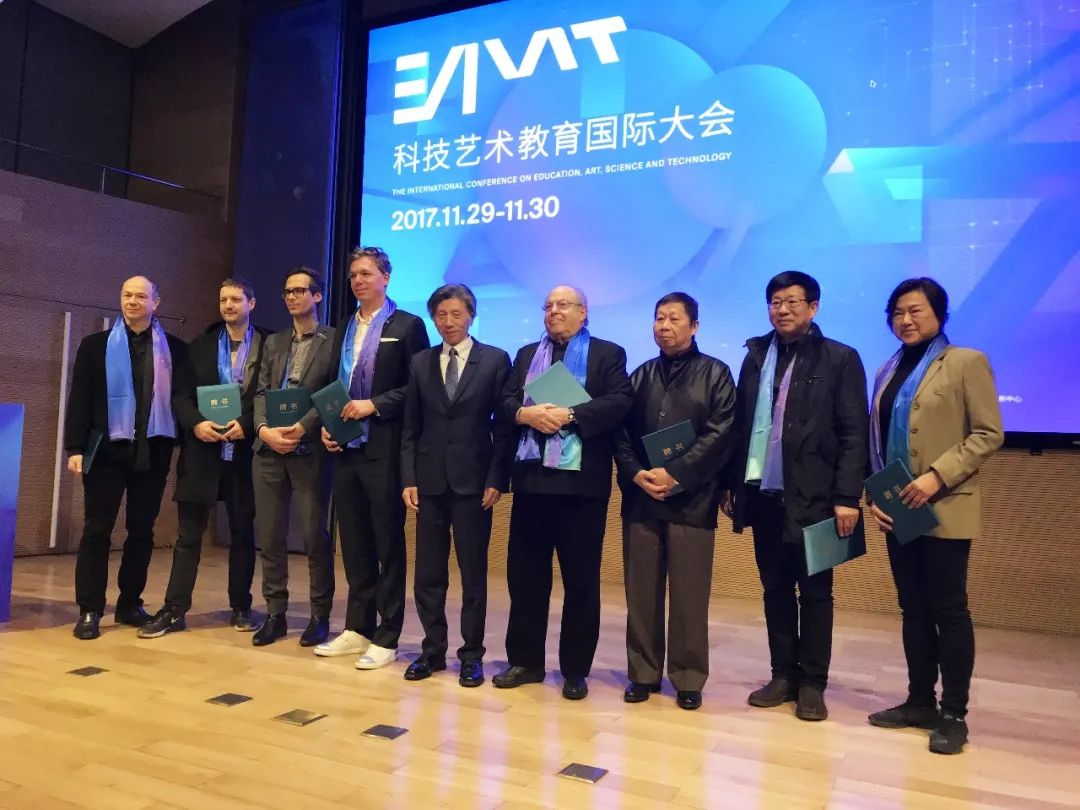 Fan Di’an, President of CAFA, presented letters of appointment for the distinguished experts who attended “EAST–International Conference on Education, Art, Science and Technology” in 2017.
Fan Di’an, President of CAFA, presented letters of appointment for the distinguished experts who attended “EAST–International Conference on Education, Art, Science and Technology” in 2017.
 Fan Di’an, President of CAFA and Su Xinping, Vice President of CAFA, participated in the inspection of the course “Media Art Experience” taught by Professor Zhang Ga from the School of Experimental Art, CAFA.
Fan Di’an, President of CAFA and Su Xinping, Vice President of CAFA, participated in the inspection of the course “Media Art Experience” taught by Professor Zhang Ga from the School of Experimental Art, CAFA.
5. Therefore, Sci-Tech Arts should not only spread Sci-Tech ideas and knowledge in art colleges, but it also promotes artistic thinking in scientific and technological colleges.
6. Sci-Tech Arts actively builds cooperation between art colleges, scientific and technological colleges, and scientific research institutions, and promotes the exchange of courses, the sharing of teachers, the flow and interaction of students, and joint schooling. We welcome the cooperation with scientific research institutions.
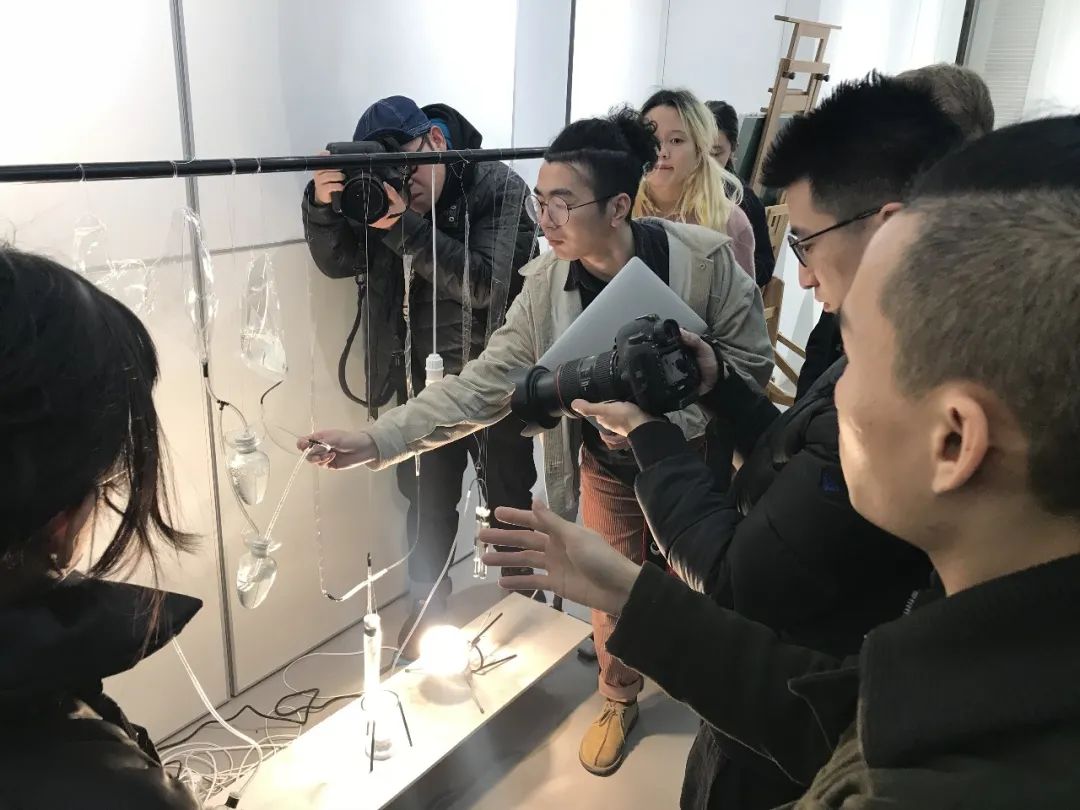 CAFA-MIT Touchable Media Lab: New Materials Workshop in 2017.
CAFA-MIT Touchable Media Lab: New Materials Workshop in 2017.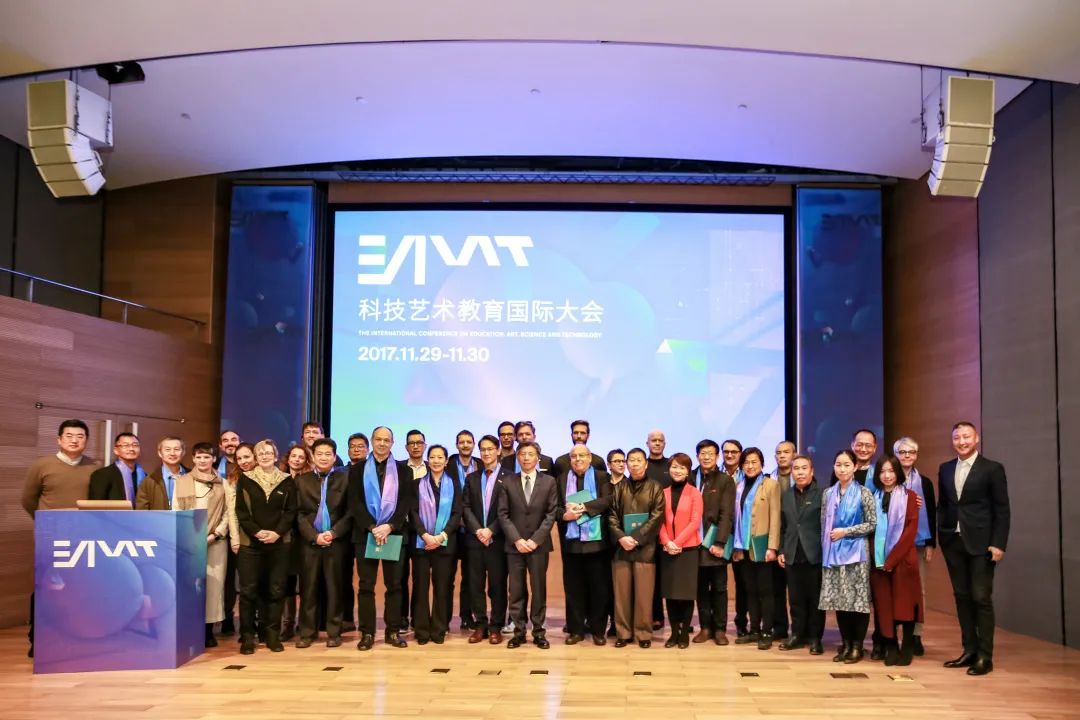
The Group Photo of Distinguished Experts Who Attended “EAST–International Conference on Education, Art, Science and Technology” in 2017.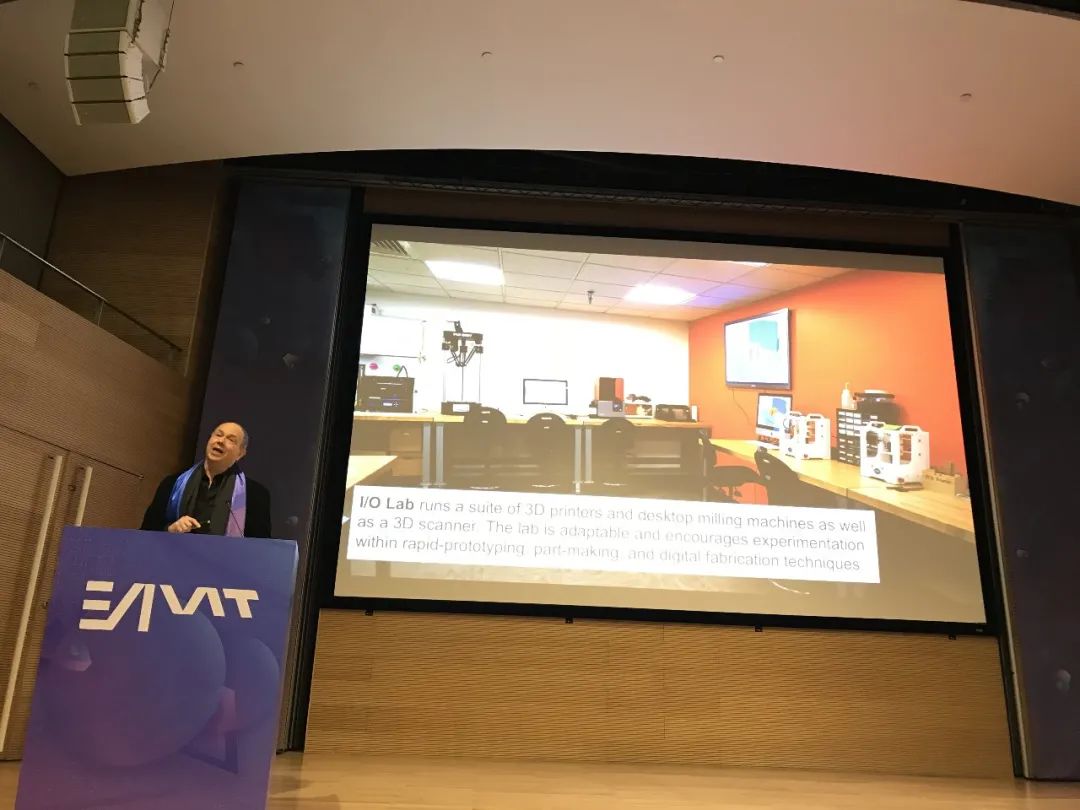 Prof. Edward Kac, Chair, The Department of Art and Technology Studies, the School of the Art Institute of Chicago, gave a lecture at CAFA Art Museum in 2017.
Prof. Edward Kac, Chair, The Department of Art and Technology Studies, the School of the Art Institute of Chicago, gave a lecture at CAFA Art Museum in 2017.
7. Sci-Tech Arts focuses on international exchanges and participates in global issues. However, Sci-Tech Arts in China is also particularly concerned with how to propose Chinese solutions for the integration of technology studies and art while paying attention to the impact of technological development on the social life of Chinese people.
8. Sci-Tech Arts seeks the integration of learning, research and production, and it cooperates with a large number of scientific and technological innovation enterprises. We welcome scientists, engineers and entrepreneurs from innovative companies to teach and give lectures for Sci-Tech Arts, so as to contribute to the development of the major. It is also hoped that the innovative energy of Sci-Tech Arts will contribute to the growth of enterprises.
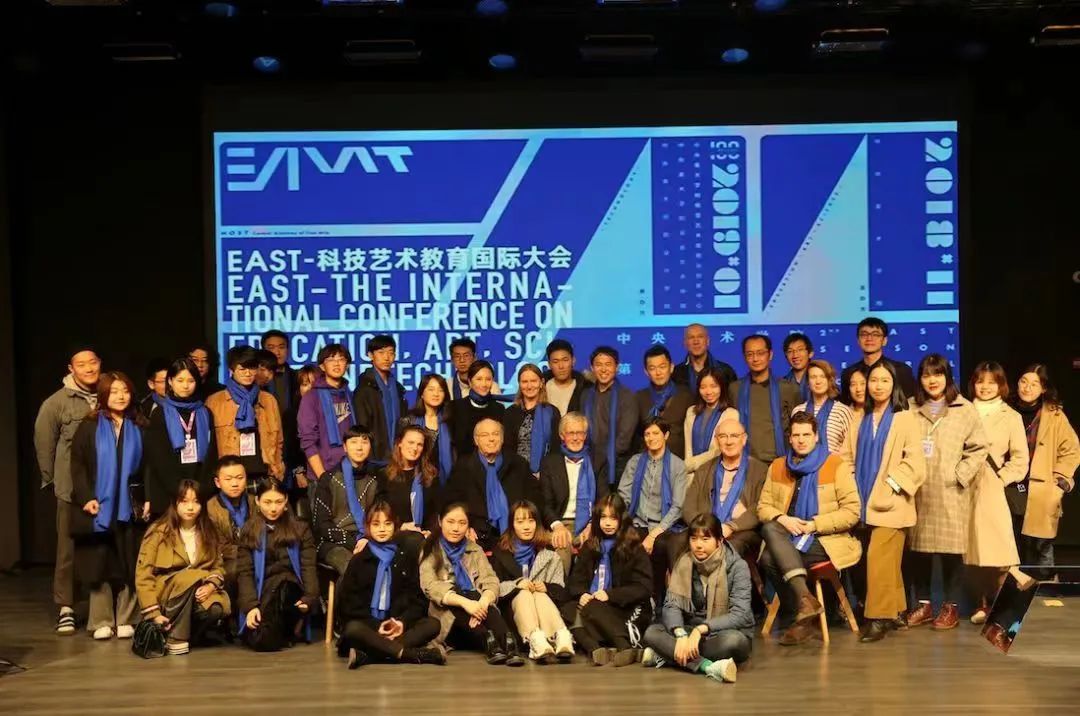 The Second “EAST–International Conference on Education, Art, Science and Technology” in 2018
The Second “EAST–International Conference on Education, Art, Science and Technology” in 2018
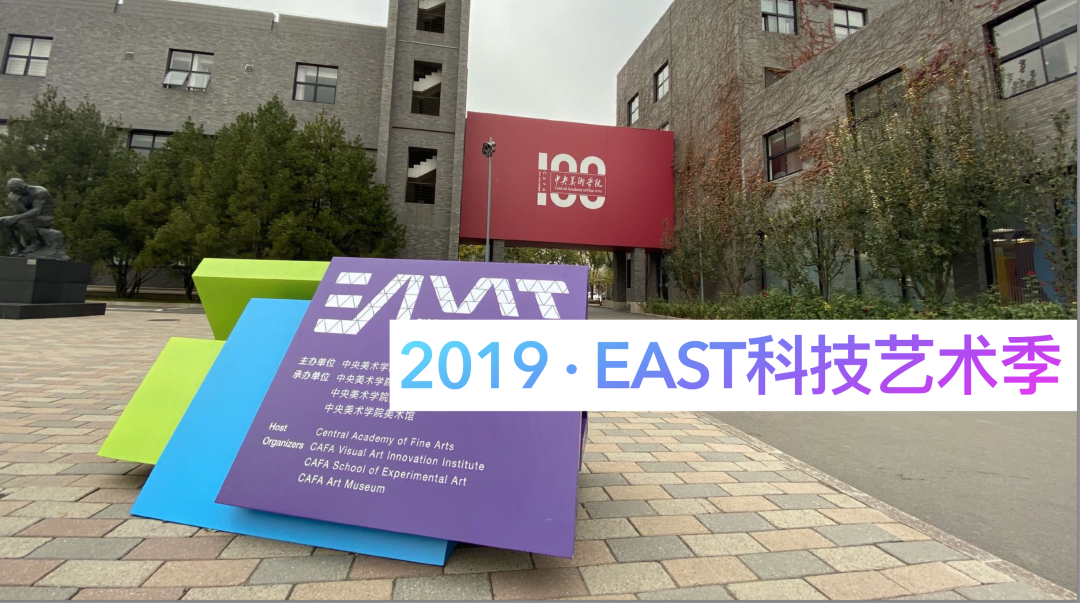 The Third EAST Season in 2019
The Third EAST Season in 2019
9. We welcome all kinds of scientific research institutions, colleges as well as enterprises with scientific innovations to provide technical support and internship opportunities for our teachers and students majoring in Sci-Tech Arts.
10. We hope to promote the residency of art schools for scientists and the residency of artists in scientific research institutions.
11. We are engaged in a large number of Sci-Tech Arts curatorial exhibitions, hoping to promote the progress of social consciousness with Sci-Tech Arts and form a social consensus advocating innovations.
12. In cooperation with scientific and technical personnel, we seek both works and essays to ensure the hard core of Sci-Tech Arts works. On the contrary, we demand not only a hard core, but also ensure the humanistic spirit and artistic value of Sci-Tech Arts works.
13. We do not only seek a high-end breakthrough, but we also care about the integration of popular science and aesthetic education. We are committed to the art of science and technology museums. Sci-Tech Arts should be shared by all people.
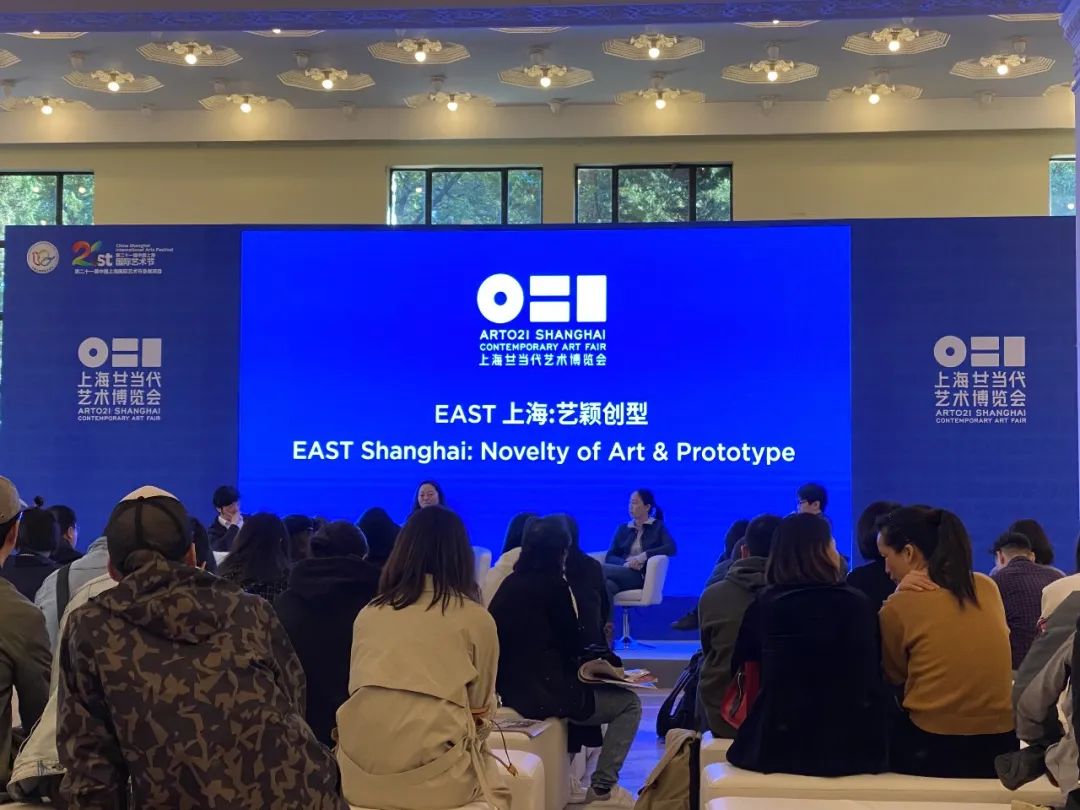 “EAST Shanghai: Novelty of Art & Prototype” at ART021 Shanghai Contemporary Art Fair
“EAST Shanghai: Novelty of Art & Prototype” at ART021 Shanghai Contemporary Art Fair
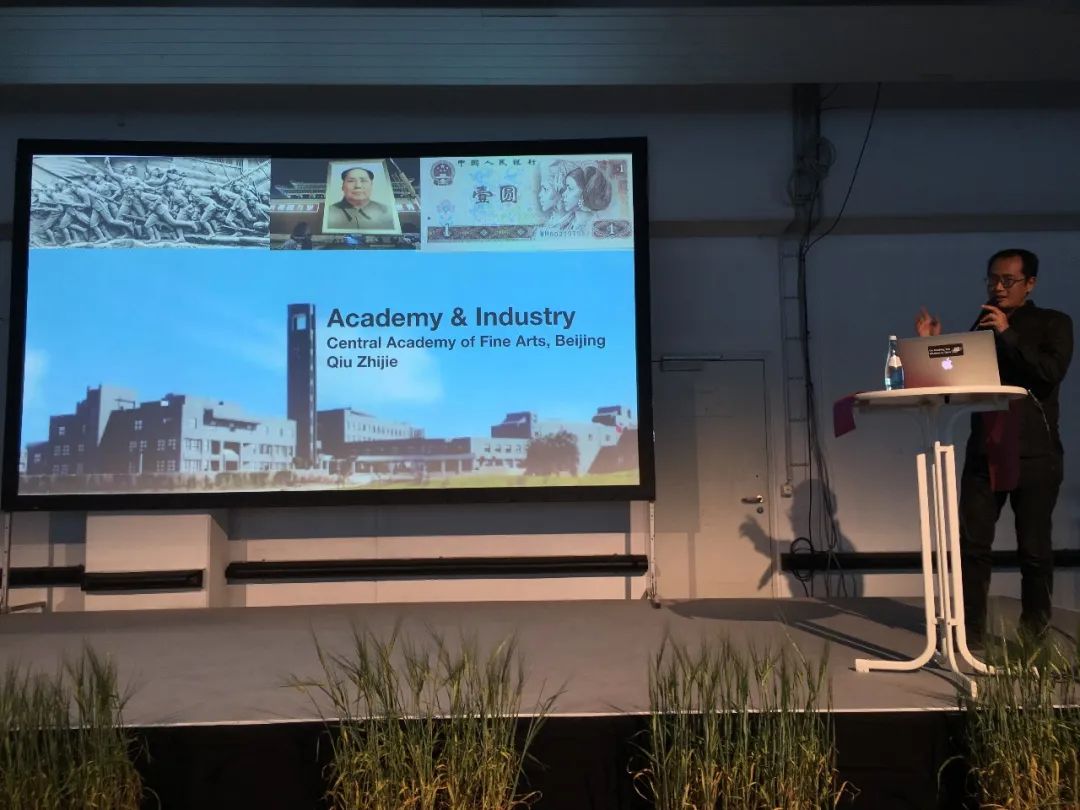 Prof. Qiu Zhijie gave a lecture at Ars Electronica Festival in 2019
Prof. Qiu Zhijie gave a lecture at Ars Electronica Festival in 2019
14. We also hope to use Sci-Tech Arts to spread science. We are willing to provide assistance and services in artistic presentation for the promotion of scientists’ dissertation illustrations and inventions. We believe that original scientific and technological ideas endowed with the wings of art will fly higher and farther.
15. We look forward to helping rural revitalization with Sci-Tech Arts, and urban renewal with Sci-Tech Arts, and we will work hard towards this goal. We hope to turn the walls, floors and corners of Chinese cities and villages into open-air science and art museums.
16. We look forward to helping children’s creativity with Sci-Tech Arts, bridging the division of arts and sciences, critical thinking and creative thinking, and bringing innovations to education. We welcome various scientific research institutions, educational institutions to jointly develop Sci-Tech Arts courses for young people.

The Forth EAST Season has been transformed into online classes of Sci-Tech Arts for children in 2020.
17. We welcome all kinds of public spaces and commercial organizations to cooperate with us. We look forward to bringing public art updates with Sci-Tech Arts. Whether it is an airport or a train station, whether it is a hotel lobby or a lawn, whether it is an opening ceremony or a party, we expect more new public art with the nature of Sci-Tech Arts to appear.
18. Historically, Sci-Tech Arts has existed since ancient times. Pottery born 20,000 years ago was the Sci-Tech Arts of that time. The Sci-Tech Arts of 6,000 years ago was bronze. The Sci-Tech Arts for more than a thousand years was porcelain. Renaissance painting, which used the latest knowledge of anatomy, optics and perspective, was Sci-Tech Arts at that time. The Sci-Tech Arts of 1830 was photography. The Sci-Tech Arts of 1895 was film. The Sci-Tech Arts of 1950 was dynamic art, and the Sci-Tech Arts of 1960 was video art. The Sci-Tech Arts in 1970 was computer art... They all used the latest technological achievements at the time to make art.
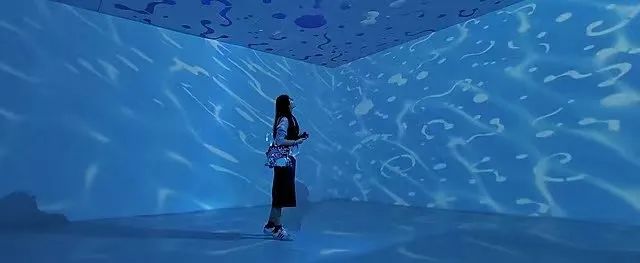
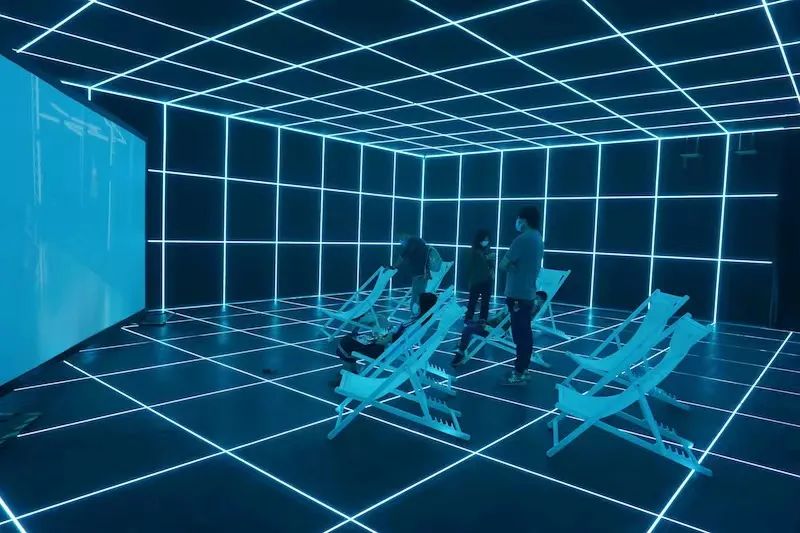
2021 Asia Digital Art Exhibition
 “DO NOT BLACK OUT” Emerging Sci-Tech Artist Awards: The First Season in 2021
“DO NOT BLACK OUT” Emerging Sci-Tech Artist Awards: The First Season in 2021
19. The fields that today’s “Sci-Tech Arts” workers are involved in roughly include: media art (light art, sound art, video art, computer animation, multimedia performance...), interactive art (somatosensory interactive art, network interface interactive art, Virtual Reality, Augmented Reality, Mixed Reality, Game Art...), Digital Art, Data Art, Artificial Intelligence Art (Generation Art, Algorithmic Art, Robot Art...), Biological Art, Ecological Art (New Energy Art, New Habitat Environment Art , meteorological art...), space art, the art of using new materials... and so on, as well as a large number of emerging fields and new practices that we cannot yet accurately describe.
20. With the development of sci-tech and the evolution of art, there will be newer Sci-Tech Arts in the future that we cannot imagine and describe today. I hope that future Sci-Tech Arts workers will do their jobs well, protect our technology, protect our art, and benefit the future of mankind.
21. Sci-Tech Arts also pays attention to the risks and responsibilities of science and technology as well as theoretical issues such as philosophy of science and ethics of technology, sociology of technology, and laws of sci-tech innovations.
22. Therefore, Sci-Tech Arts and science fiction writing have a deep blood relationship. In our major, reading science fiction is one of the foundation courses, and science fiction writing is a common hobby.
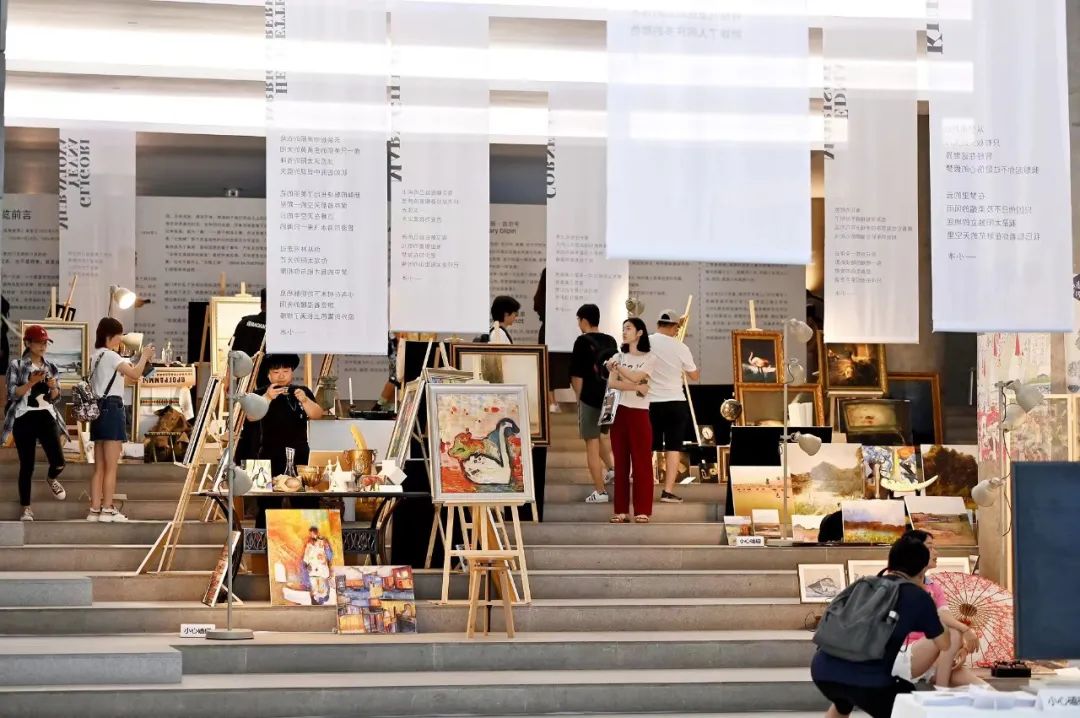
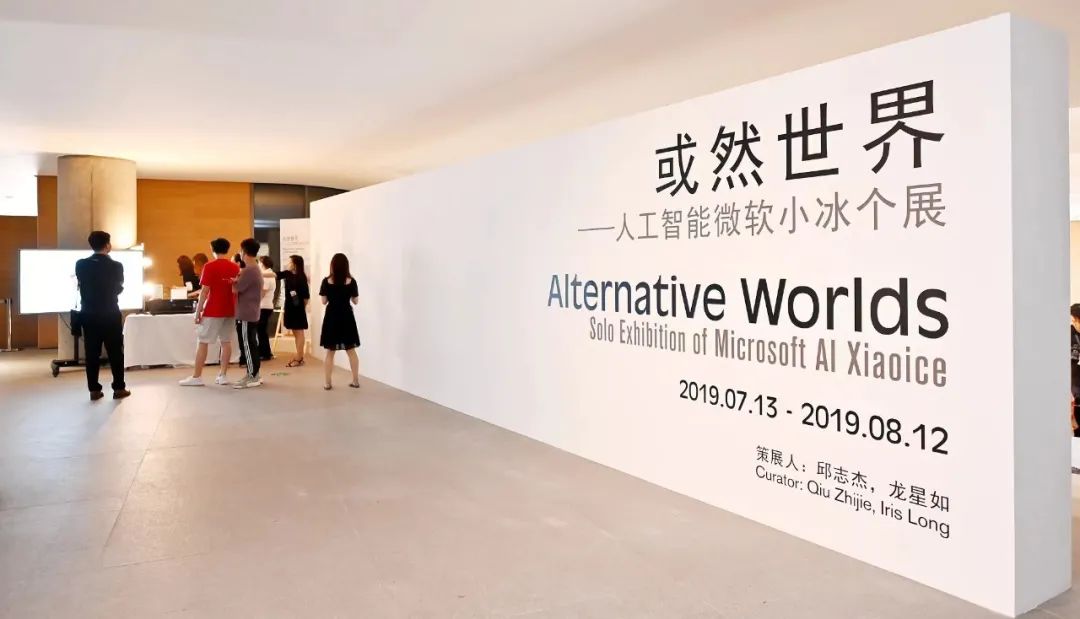 CAFA Art Museum presented “Alternative Worlds: Solo Exhibition of Microsoft AI Xiaoice” in 2019.
CAFA Art Museum presented “Alternative Worlds: Solo Exhibition of Microsoft AI Xiaoice” in 2019.
23. Therefore, Sci-Tech Arts has a strong interest in the integration of art history with the history of science, technology, and society, and are committed to re-understanding and writing the above history from the perspective of Sci-Tech Arts.
24. Therefore, Sci-Tech Arts has an open and skeptical interest in all the naive and audacious conjectures of history, just as many of them later turned out to be pseudoscience, and some of them developed into science. We observe techno-Gnosticism as well as today’s inexplicable phenomena.
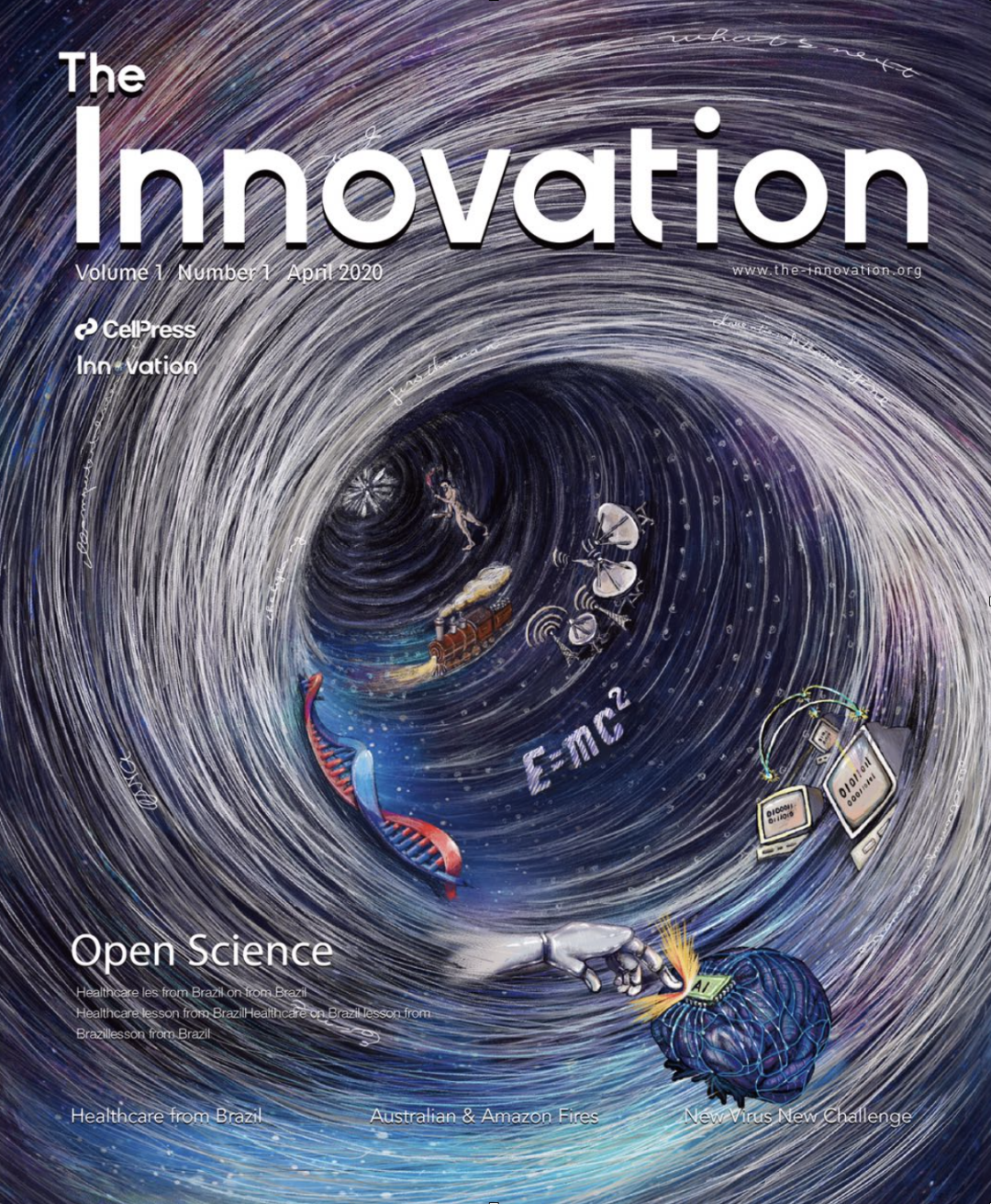 The Inaugural Cover of “The Innovation”
The Inaugural Cover of “The Innovation”
25. Sci-Tech Arts will create new concepts, new models, new methods, new scenarios, and new images, thereby providing value for sci-tech design and manufacturing. We expect that these values will bring a renewal of life, as well as the growth of wealth and the well-being of mankind.
26. We welcome all possibilities for the Sci-Tech Arts products. We believe that Sci-Tech Arts can not only create inspiring and moving situations but can also be transformed into innovative products that permeate every corner of our lives.
27. We firmly believe in the socialization of Sci-Tech Arts, and it is an important trend in the near future. We will focus on social areas such as ecology, community, human psychology and health to carry out our work.
28. Sci-Tech Arts advocates the new developing concepts of innovation, coordination, a green lifestyle, openness and sharing. And it identifies with the idea of a community with a shared future for mankind.
 Chen Baoyang released the essay “From Knowledge Map to Mind Map: Artificial Imagination” at IEEE(Institute of Electrical and Electronics Engineers) International Conference
Chen Baoyang released the essay “From Knowledge Map to Mind Map: Artificial Imagination” at IEEE(Institute of Electrical and Electronics Engineers) International Conference
29. We therefore welcome the spirit of open sources, citizen science, knowledge sharing, art sharing. Sci-Tech Arts should also be open-source, shared and ecological. And innovation is its soul. We welcome everyone to put forward your views on the development of the Sci-Tech Arts major and contribute your energy.
30. We love truth because only truth is beautiful. We love art because art has to be real. Science and art lead to freedom, and it is the road of civilization.
Qiu Zhijie
February 24, 2022
Translated by Sue/CAFA ART INFO




























